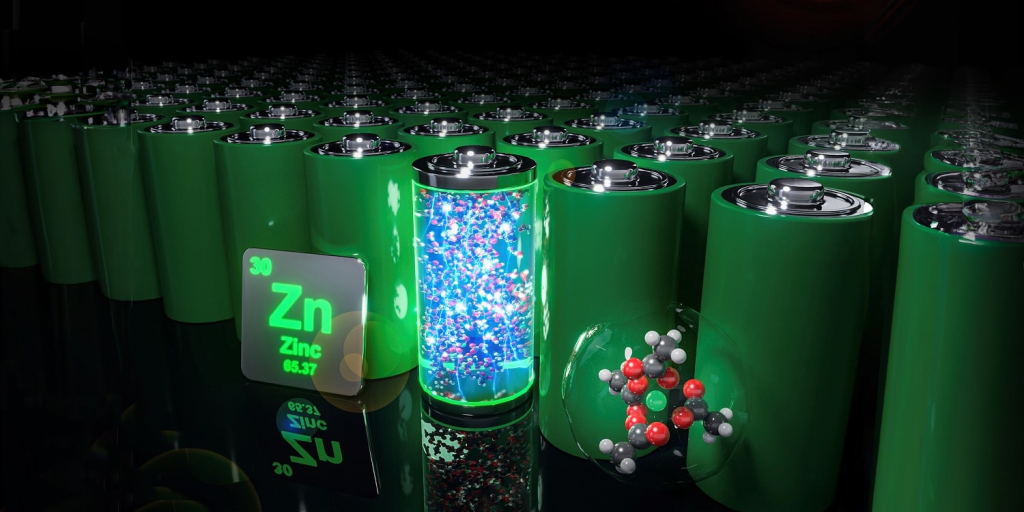An innovative battery technology that promises both safety and efficiency has been developed as a result of a ground-breaking partnership between Australian and Chinese experts. An important step towards environmentally friendly energy storage is made by the novel aqueous aluminum radical battery, which uses water-based electrolytes rather than traditional harmful chemicals.
On this ground-breaking project, researchers from Zhejiang Sci-Tech University in China and Flinders University in South Australia worked together. The battery they created offers a consistent 1.25 V output voltage and a remarkable 110 mAh g-1 capacity across 800 cycles, indicating little degradation.
The key to this innovative technology lies in stable radicals, specifically the organic molecule TEMPO, which had not been previously applied in aluminum-ion batteries (AIBs). The researchers discovered that TEMPO can undergo reversible disproportionation in the presence of a Lewis acid, facilitating the formation of aluminum radical batteries.

This study was conducted under the direction of Dr. Kai Zhang of Zhejiang Sci-Tech University and Associate Professor Zhongfan Jia of Flinders University, with the goal of addressing environmental issues related to conventional batteries that include dangerous substances including lead, cadmium, and mercury. These substances endanger both the environment and general public health.
Professor Jia emphasized that the water-based electrolytes used in this innovative battery are fire-retardant and air-stable to offer a safe and long-lasting energy storage solution. The researchers chose biodegradable materials for the soft packs of the batteries to decrease their negative environmental impact.
It is impossible to overestimate the potential of aluminum-ion batteries as a lithium-ion battery substitute for a variety of applications, including consumer electronics, electric vehicles, and renewable energy storage systems. In comparison to lithium-ion batteries, aluminum-ion batteries offer a substantially better energy density since they make use of plentiful metals from the Earth’s crust.

Despite the promise of aluminum-ion batteries, their widespread adoption has been hindered by challenges related to the slow movement of Al3+ ions, resulting in low cathode efficiency. However, the use of stable radicals as cathodes in aluminum radical batteries resolves this issue, achieving high voltage output, high capacity, and exceptional cycling stability.
With a strong foundation in this research, the scientists aim to optimize battery performance further and work towards scaling up production for future commercialization. The study has been published in the esteemed Journal of American Chemistry, signifying a significant milestone in the realm of sustainable energy storage.


